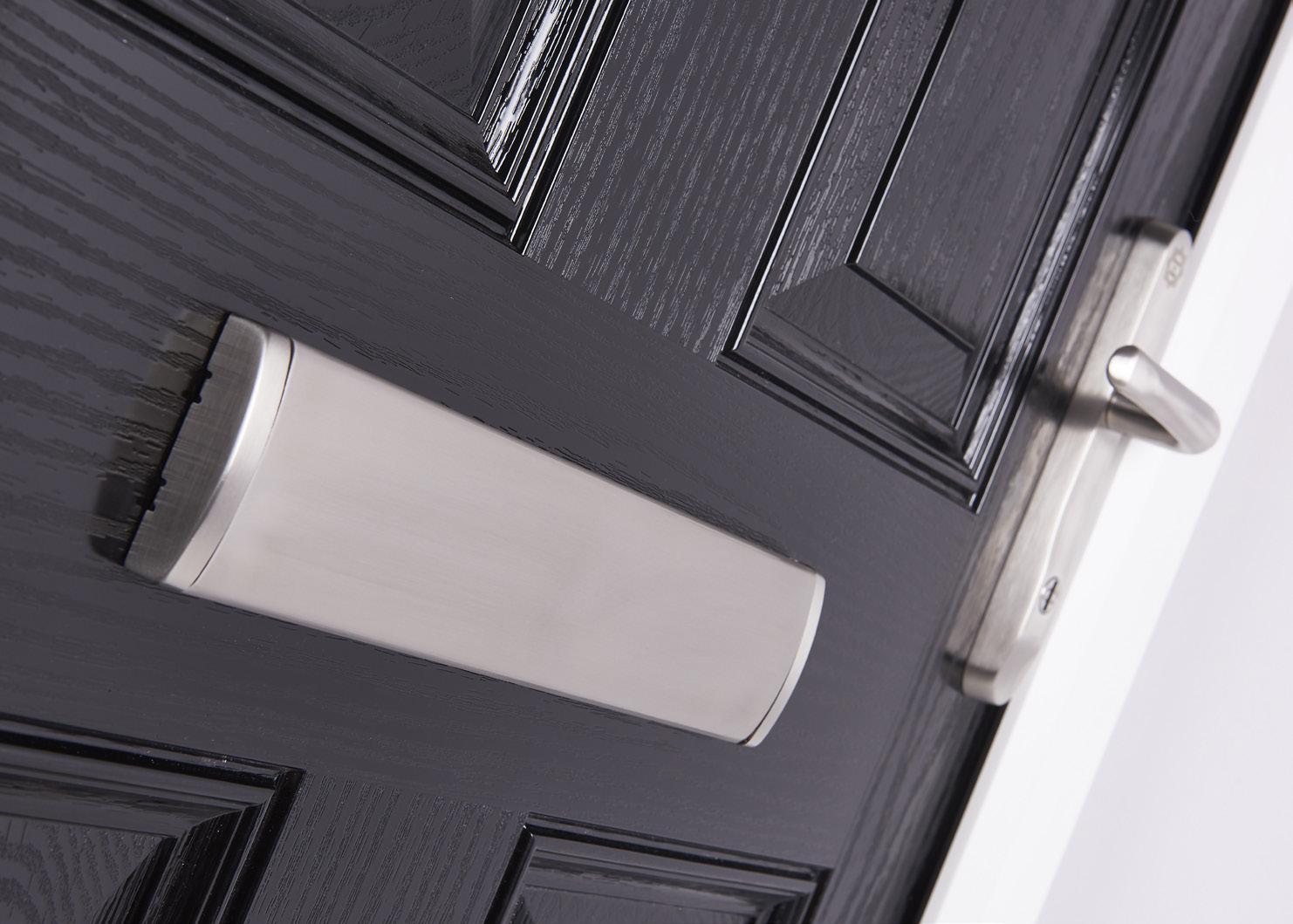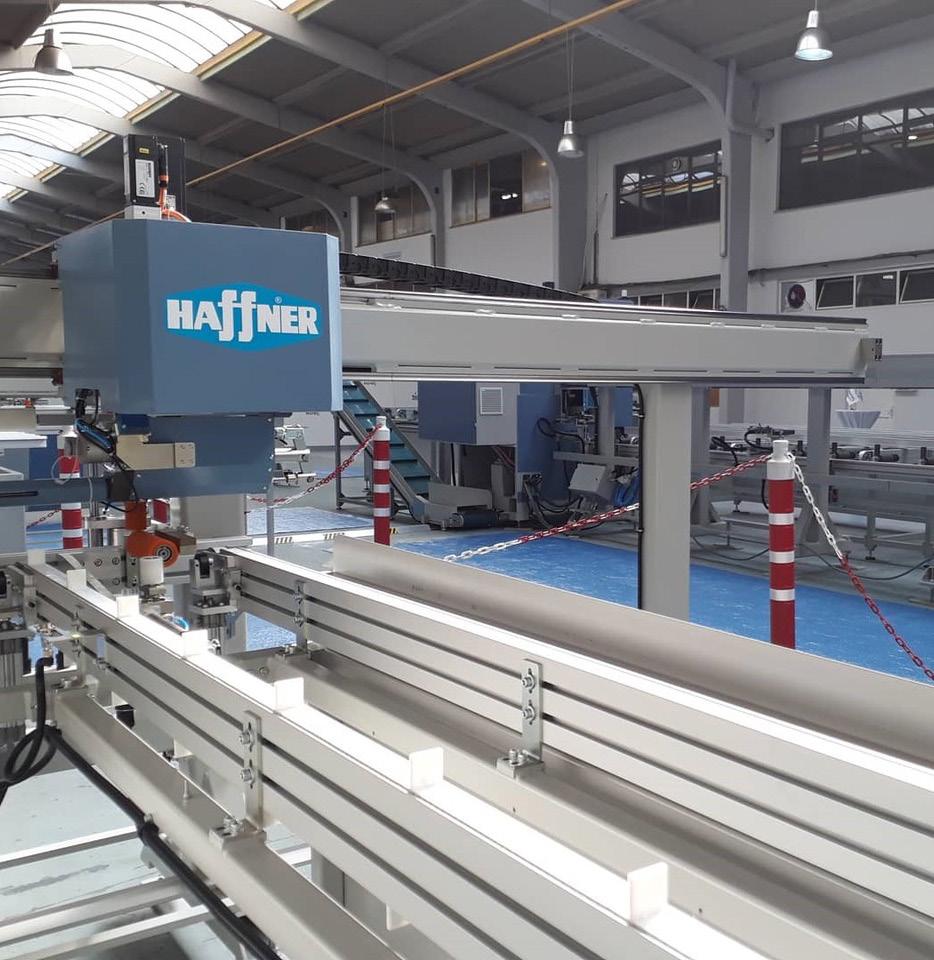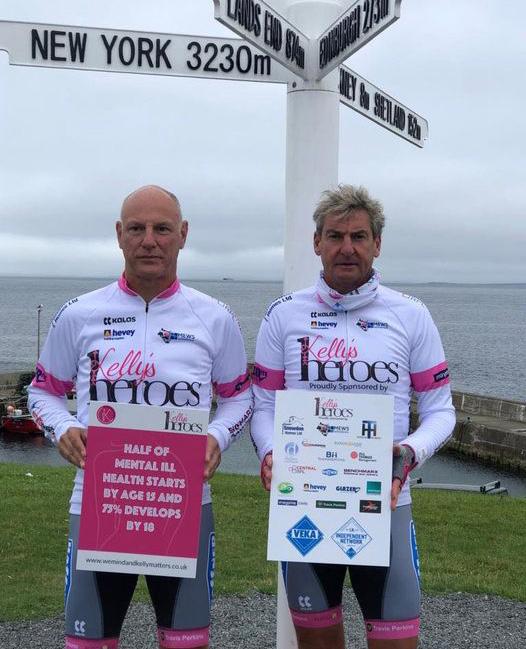
3 minute read
Tech Talk
WHAT’S THE POINT OF A PATENT?
This is an industry which can rightly be proud of its track record on innovation. Time and again, we prove that we can ride to any legislative, environmental or practical challenge – you’ve only got to think about the development of A-rated windows, selfcleaning glass and antimicrobial hardware.
Even when there is a sense that something is beyond our capabilities, talented teams of designers and engineers deliver a solution, and we all stride confidently onwards. When there’s a collective benefit to the innovation, it’s probably easy to take for granted the vast sums spent by individual businesses on the R&D required to get us there. However, where the benefit is specifically to an individual business that is looking to gain a competitive advantage in the market, as well as overcoming a wider industry problem, it seems completely justifiable to me for that product to be patented. Surely, that investment has to be protected in a meaningful way. Speaking from a marketing perspective, there are always going to be lots of broad benefits to a product being patented. It loudly and proudly communicates the fact that this product has come from a business which invests in innovation, it helps to identify to customers those products which have real USPs, and it allows manufacturers to exploit the sales opportunities without fear that the product will be copied. Patents obviously give a certain level of security to the company they’re registered with, and they have always been intended to both support and empower innovation. Without some kind or protection from copying, there’s a much reduced incentive for manufacturers to invest in product innovation, and that has a negative impact across any sector. Obtaining a patent can be a time consuming and fairly expensive process though. In an ideal world, it can take as little as 18 months and cost around £1000 but, if there’s anything complicated in your application, it typically takes around 4 years for the patent to be granted and, if you need to involve a patent lawyer, prices can escalate pretty quickly. Patents can be held for up to 20 years if the relevant fees continue to be paid but in reality, most innovations can expect to be overtaken long before that. What’s significant of course is that, once granted, patent applications are available for public view, so it’s relatively easy for any of your competitors to see the details of the innovation you are seeking to protect. In practice, patent infringement isn’t something we see that often, but when we do, a well-documented legal process exists to ensure that manufacturers can obtain an injunction and even claim damages. That means it’s generally enough to issue a warning to an unscrupulous competitor to alert them that you will take action to protect your patent, but the fact remains that it is a criminal offence to sell a product which you know copies someone else’s patent and it has to be taken seriously. At Mila, we have a huge number of patents in place on both complete products and individual product features – a reflection, of course, of the fact that we design and develop so much of our range in house. We have a team of highly experienced product design engineers here who are constantly looking for original solutions to make products perform better, last longer, meet new standards or be quicker and easier to fit – whether that’s the clever concertina action in our new TS008 compliant letterplate or the patented adjustment action in our bestselling ProSecure door hinge. We are immensely proud of our track record on innovation and certainly play our part in advancing the technological capabilities of this industry. We will though always reserve our right to protect our patents from imitations and copycats and would encourage other businesses to do the same. In the end, I think it’s in the wider interests of the industry for companies that do invest in innovation to be able to generate a meaningful payback for themselves and their customers.
Sarah Gyde, Marketing Director, Mila

More details at: www.mila.co.uk
By Sarah Gyde, Marketing Director, Mila












